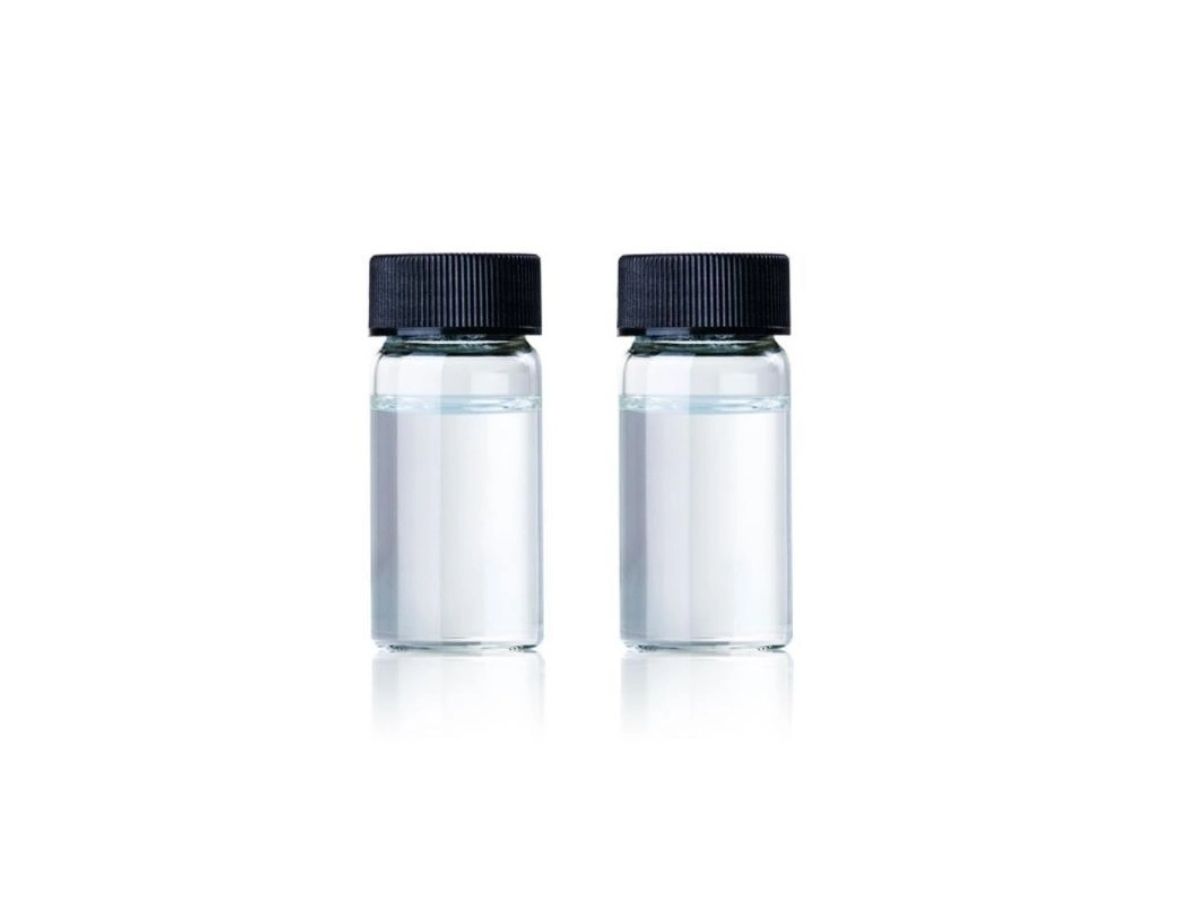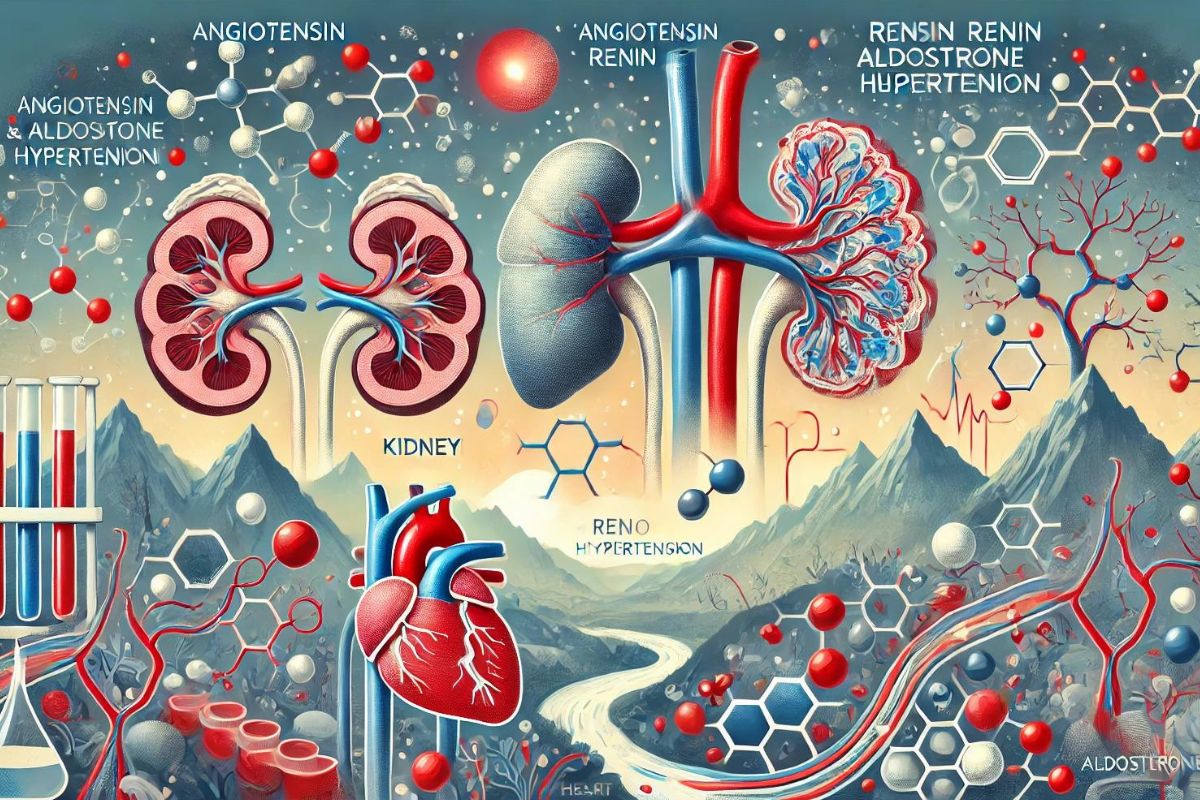
What is n-Tridecane? n-Tridecane is a straight-chain alkane with 13 carbon atoms. It’s a colorless liquid found in petroleum and used in various industrial applications. This hydrocarbon plays a role in the production of lubricants, solvents, and even jet fuel. Its chemical formula is C13H28, and it belongs to the family of alkanes, which are saturated hydrocarbons. n-Tridecane is known for its stability and low reactivity, making it useful in controlled environments. Understanding its properties and uses can help in fields like chemistry, engineering, and environmental science. Ready to learn more? Let’s dive into 20 intriguing facts about n-Tridecane!
What is n-Tridecane?
n-Tridecane is a hydrocarbon with a long chain of carbon atoms. It's part of the alkane family, which means it only contains single bonds between carbon atoms. Let's dive into some intriguing facts about this compound.
-
Chemical Formula: n-Tridecane has the chemical formula C13H28. This means it consists of 13 carbon atoms and 28 hydrogen atoms.
-
Molecular Weight: The molecular weight of n-Tridecane is 184.37 g/mol. This is calculated by adding the atomic weights of all the atoms in the molecule.
-
Boiling Point: n-Tridecane has a boiling point of 234°C (453°F). This high boiling point is due to the long carbon chain, which requires more energy to break apart.
-
Melting Point: The melting point of n-Tridecane is -5°C (23°F). This relatively low melting point makes it a liquid at room temperature.
-
Density: n-Tridecane has a density of 0.756 g/cm³ at 20°C. This means it is less dense than water, which has a density of 1 g/cm³.
Uses of n-Tridecane
n-Tridecane is used in various industries due to its unique properties. Here are some of its common applications.
-
Solvent: n-Tridecane is often used as a solvent in chemical reactions. Its non-polar nature makes it ideal for dissolving other non-polar substances.
-
Fuel Additive: It is used as a component in jet fuel and diesel. Adding n-Tridecane improves the fuel's performance and stability.
-
Lubricant: n-Tridecane can act as a lubricant in machinery. Its long carbon chain provides a slippery surface, reducing friction between moving parts.
-
Research: Scientists use n-Tridecane in laboratory experiments. Its well-defined properties make it a standard reference material.
-
Cosmetics: Some cosmetic products contain n-Tridecane. It helps to dissolve other ingredients and improve the texture of the product.
Physical and Chemical Properties
Understanding the physical and chemical properties of n-Tridecane helps in its various applications. Here are some key properties.
-
Viscosity: n-Tridecane has a low viscosity, meaning it flows easily. This property is beneficial in applications requiring smooth and easy movement.
-
Flash Point: The flash point of n-Tridecane is 102°C (216°F). This is the temperature at which it can vaporize to form an ignitable mixture in air.
-
Reactivity: n-Tridecane is relatively unreactive. It does not easily react with other chemicals, making it stable and safe to handle.
-
Combustion: When burned, n-Tridecane produces carbon dioxide and water. This is typical of hydrocarbons, which release energy during combustion.
-
Solubility: n-Tridecane is insoluble in water. However, it can dissolve in organic solvents like benzene and ether.
Environmental Impact
Like many chemicals, n-Tridecane has an impact on the environment. Here are some facts about its environmental effects.
-
Biodegradability: n-Tridecane is biodegradable. Microorganisms can break it down into simpler substances over time.
-
Toxicity: It is considered to have low toxicity. However, it can still be harmful if ingested or inhaled in large quantities.
-
Pollution: Spills of n-Tridecane can cause environmental pollution. It can contaminate soil and water, affecting plants and animals.
-
Regulation: There are regulations in place to control the use and disposal of n-Tridecane. These regulations help to minimize its environmental impact.
-
Sustainability: Efforts are being made to find sustainable alternatives to n-Tridecane. Researchers are exploring bio-based hydrocarbons that have a lower environmental footprint.
The Final Word on n-Tridecane
n-Tridecane, a hydrocarbon with 13 carbon atoms, plays a vital role in various industries. Found in crude oil and used in jet fuel, it’s essential for energy production. This compound also serves as a solvent in chemical reactions and a reference standard in laboratories. Its low toxicity makes it relatively safe for handling, though it’s still flammable and requires caution.
Understanding n-Tridecane’s properties and uses helps appreciate its significance in everyday life. From powering jets to aiding scientific research, this hydrocarbon proves its worth. Next time you hear about hydrocarbons, remember n-Tridecane’s contributions. It’s more than just a chemical; it’s a key player in modern industry.
Was this page helpful?
Our commitment to delivering trustworthy and engaging content is at the heart of what we do. Each fact on our site is contributed by real users like you, bringing a wealth of diverse insights and information. To ensure the highest standards of accuracy and reliability, our dedicated editors meticulously review each submission. This process guarantees that the facts we share are not only fascinating but also credible. Trust in our commitment to quality and authenticity as you explore and learn with us.


